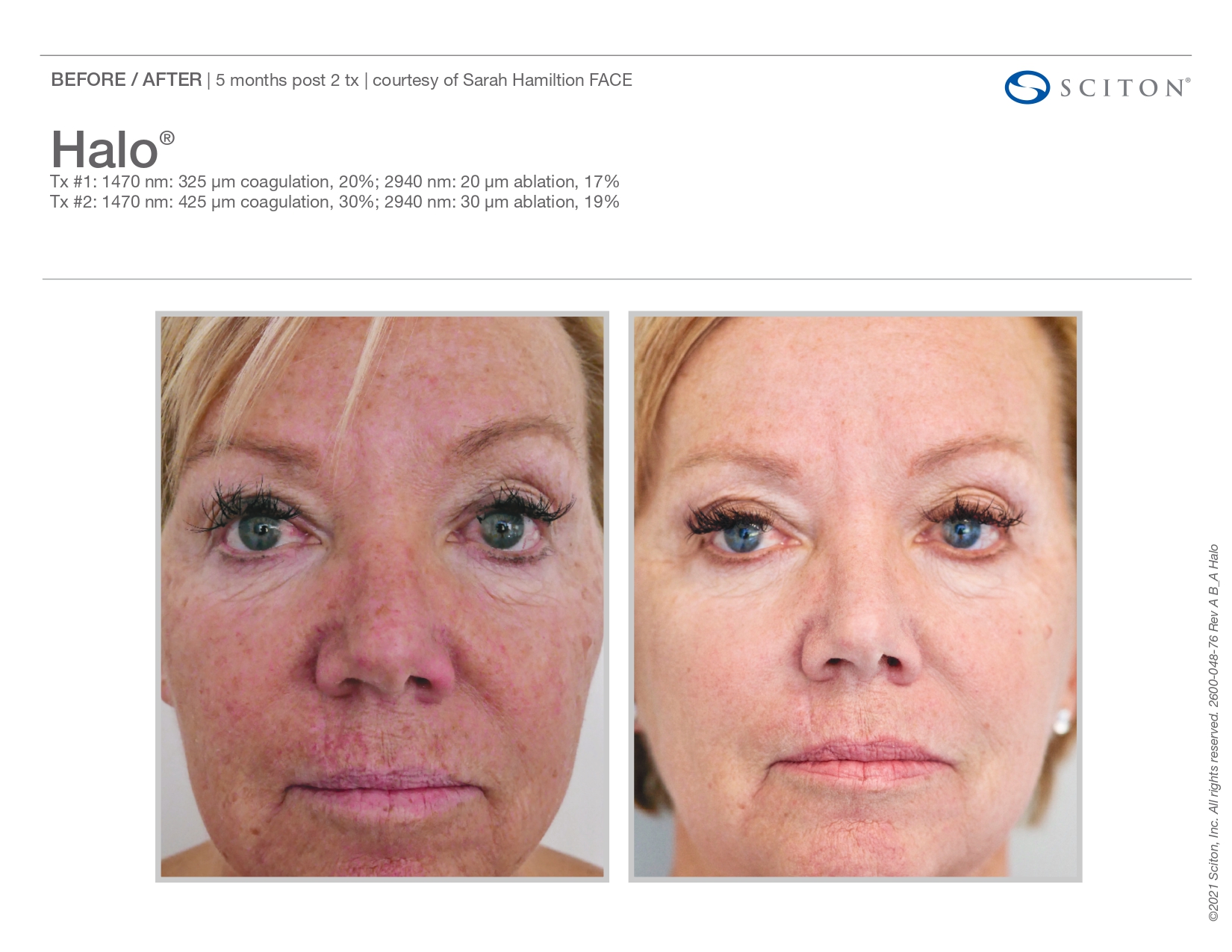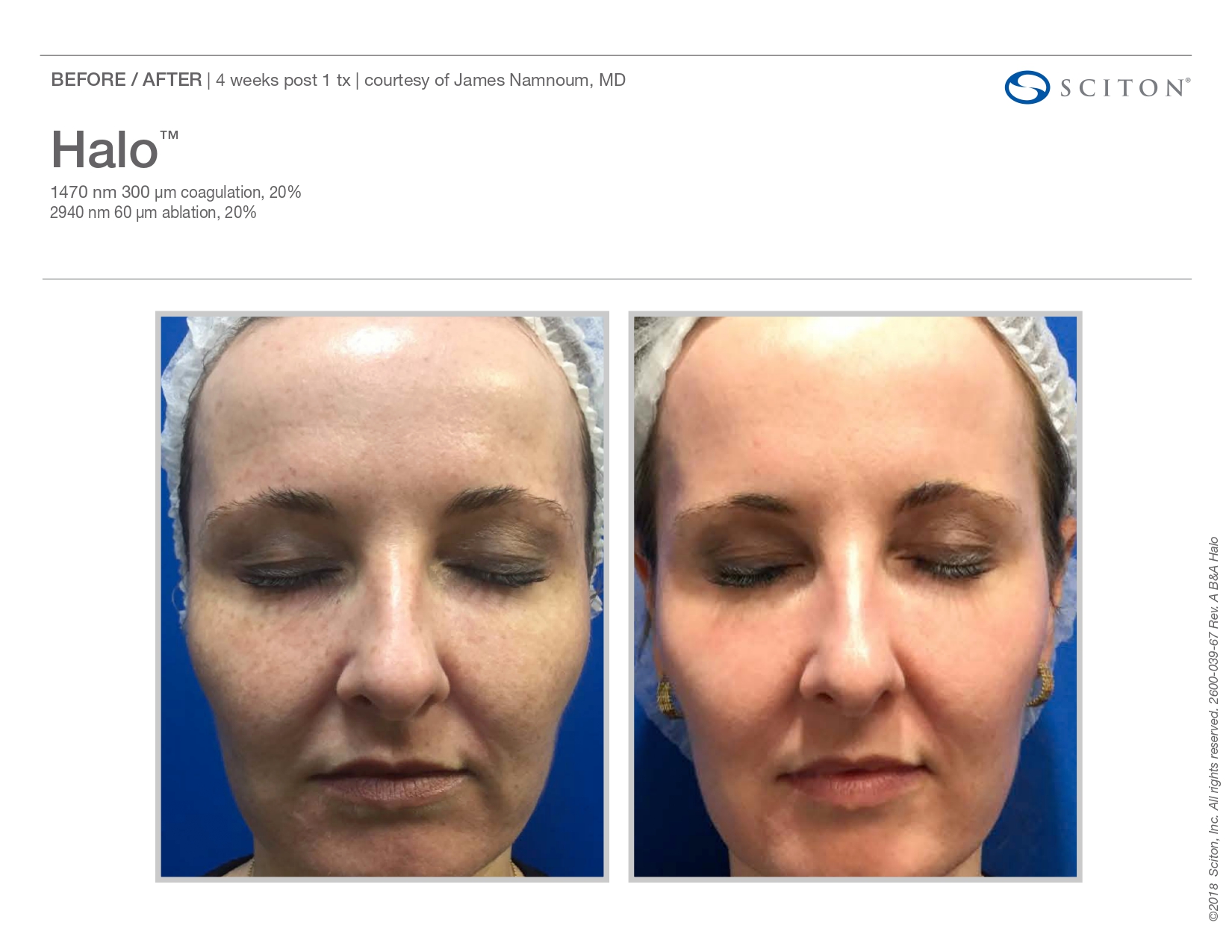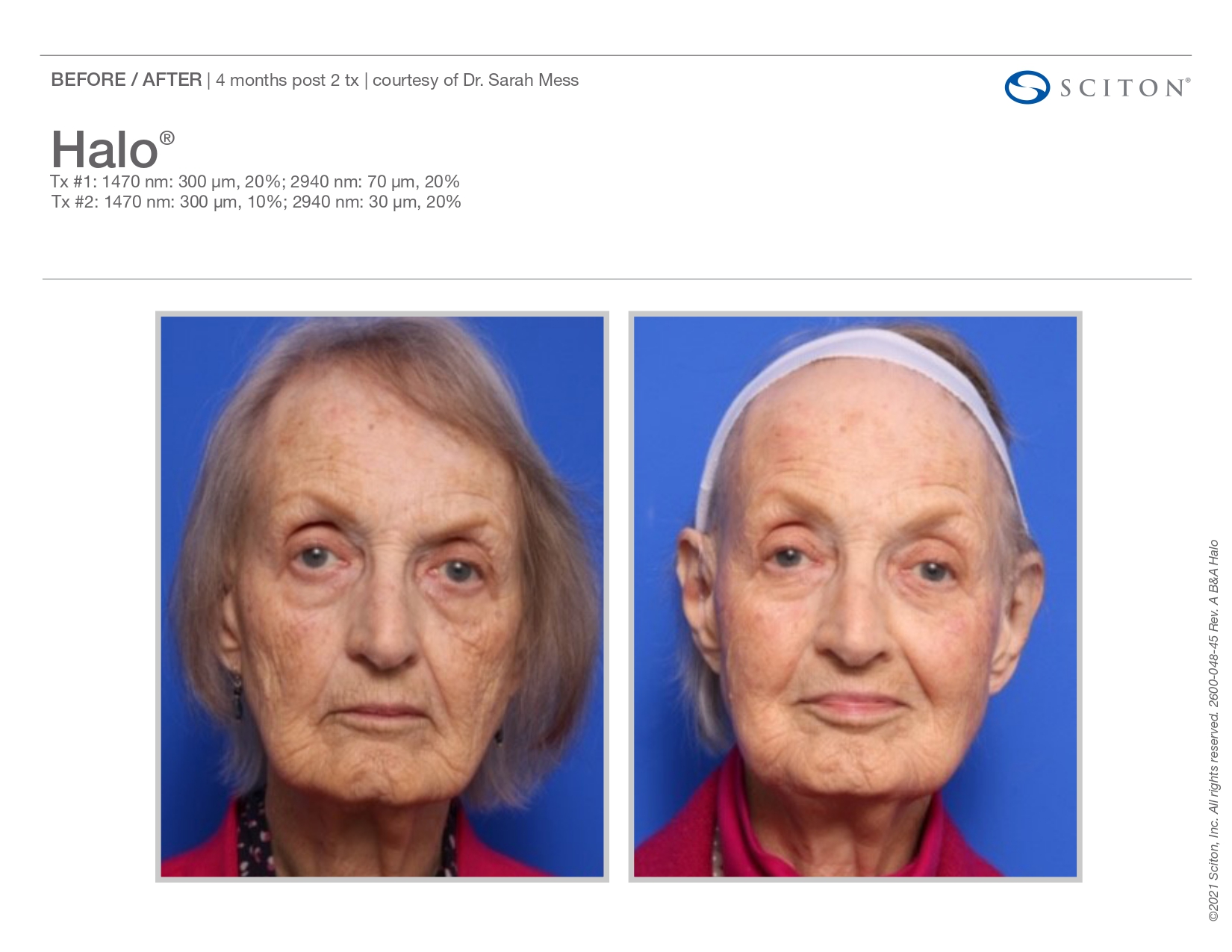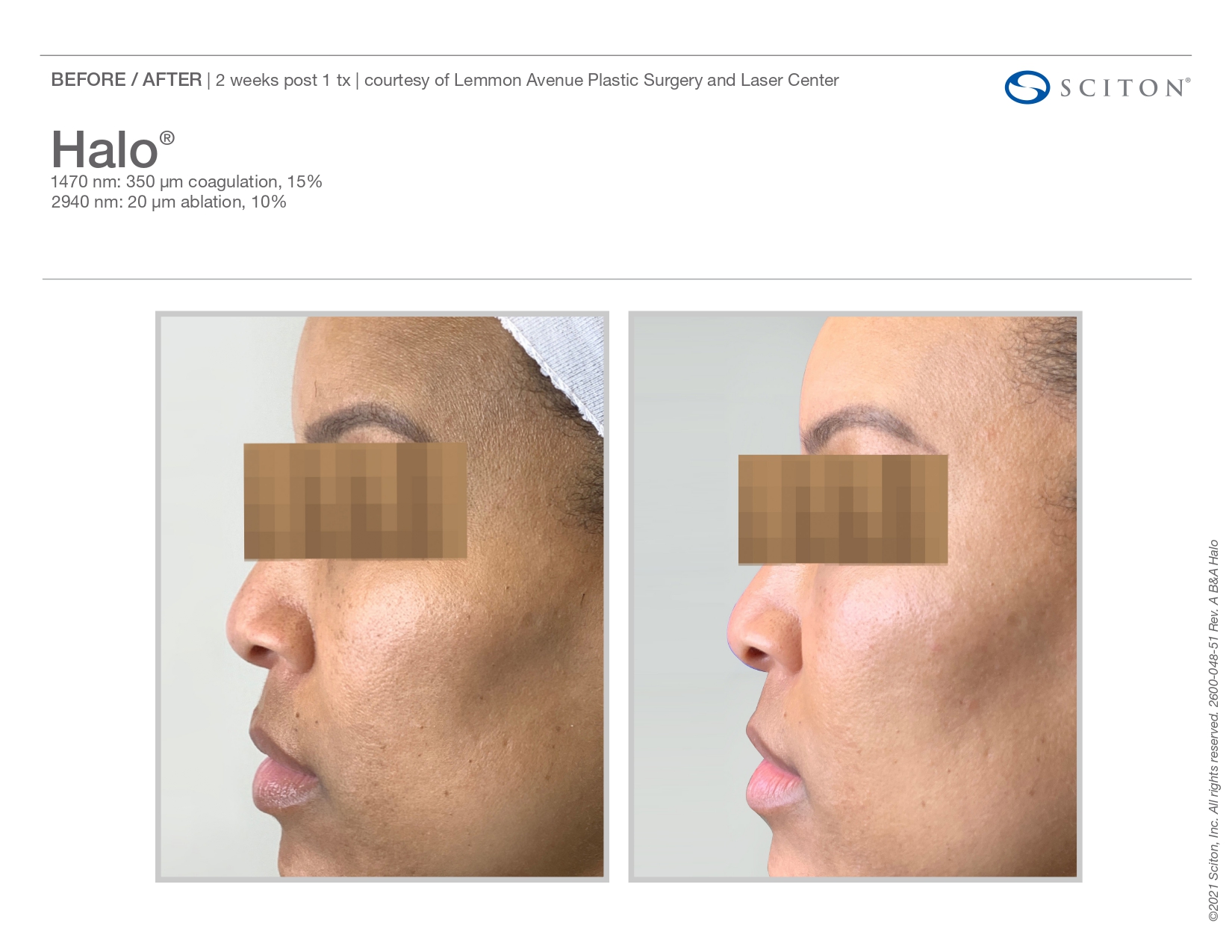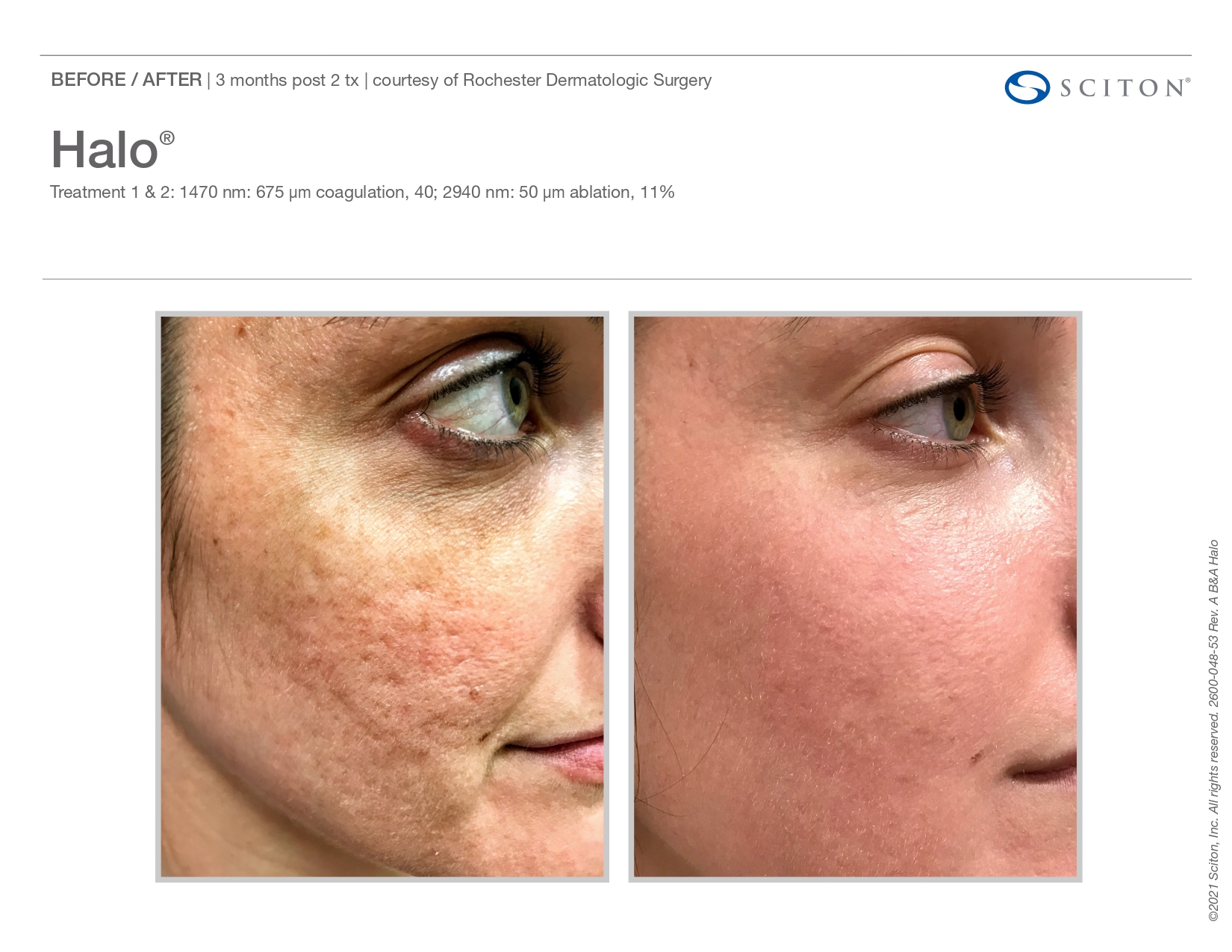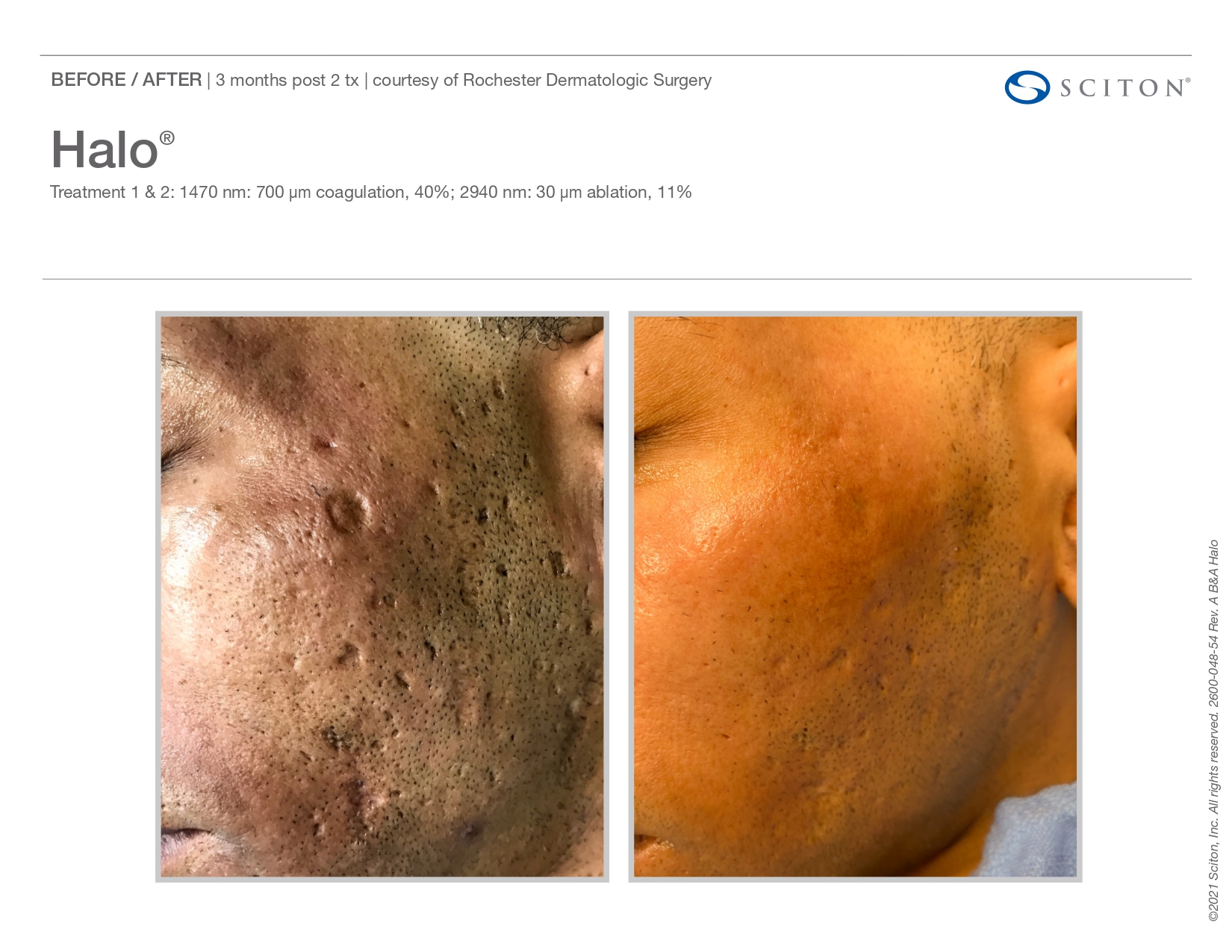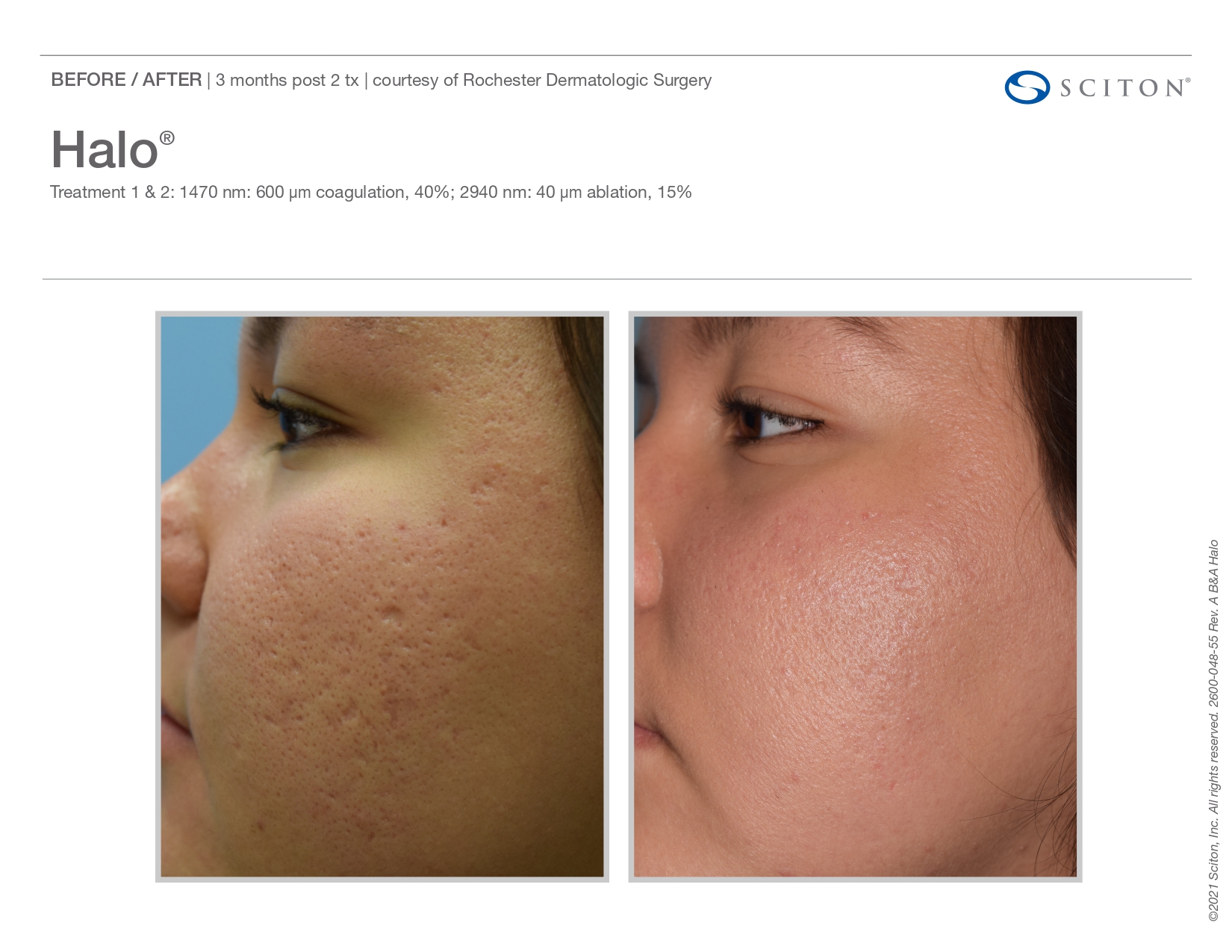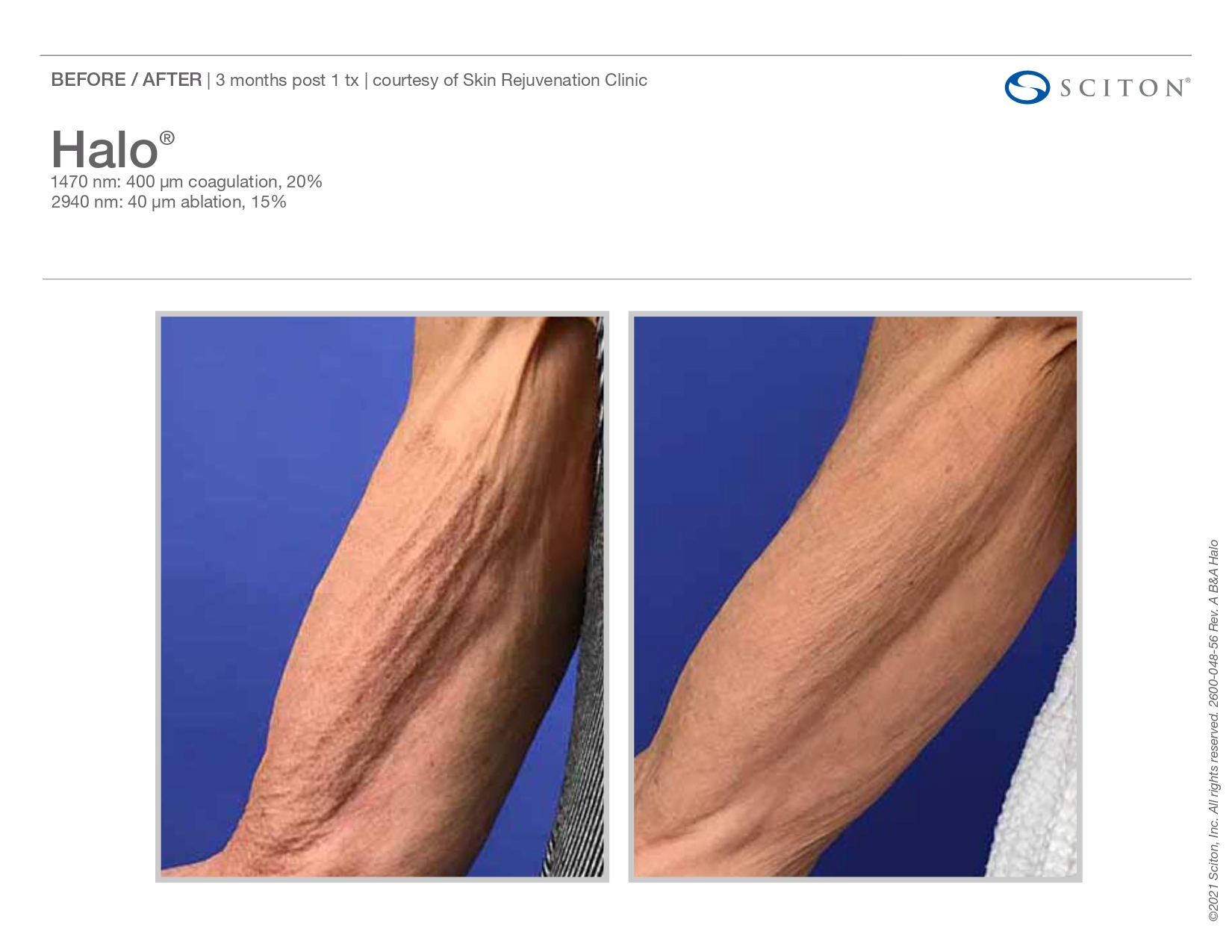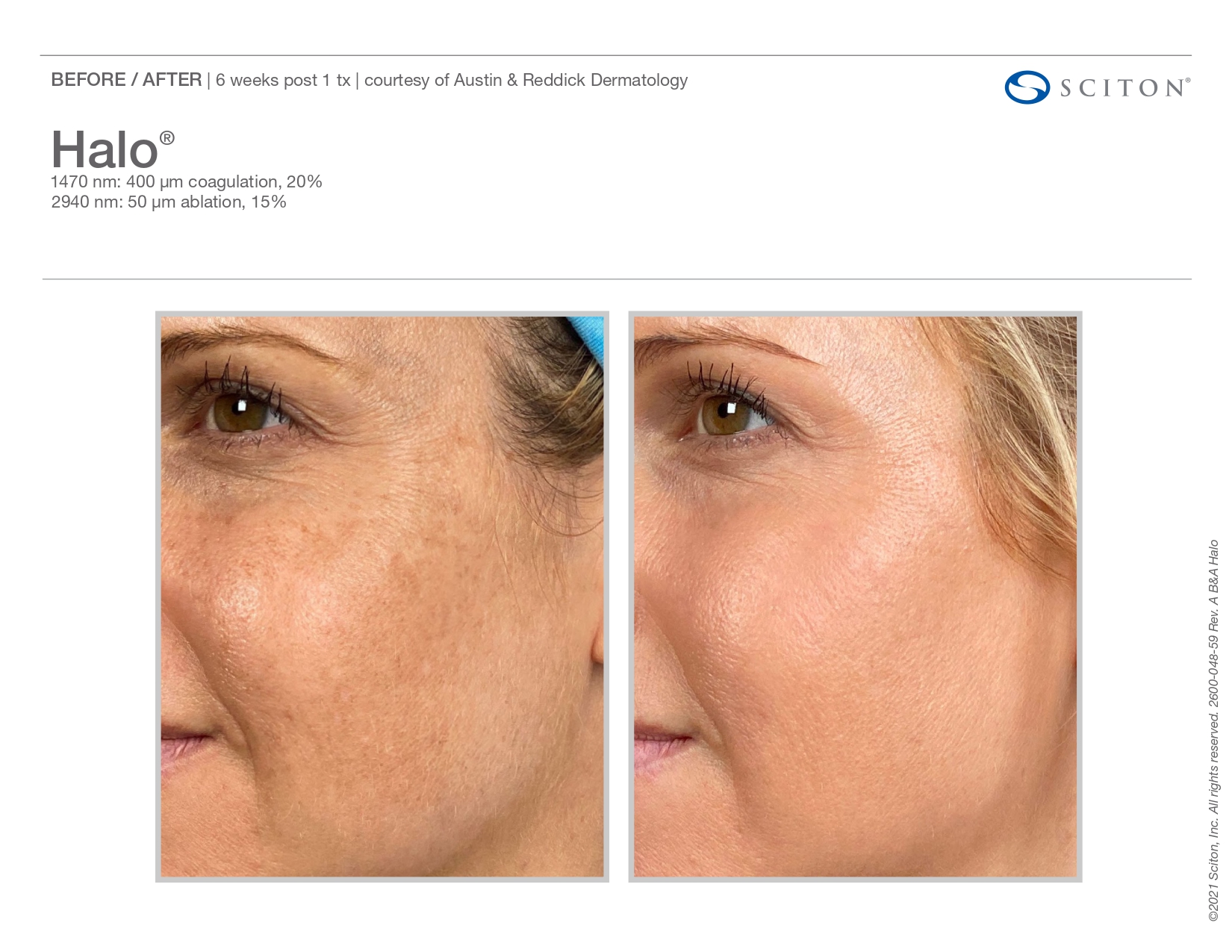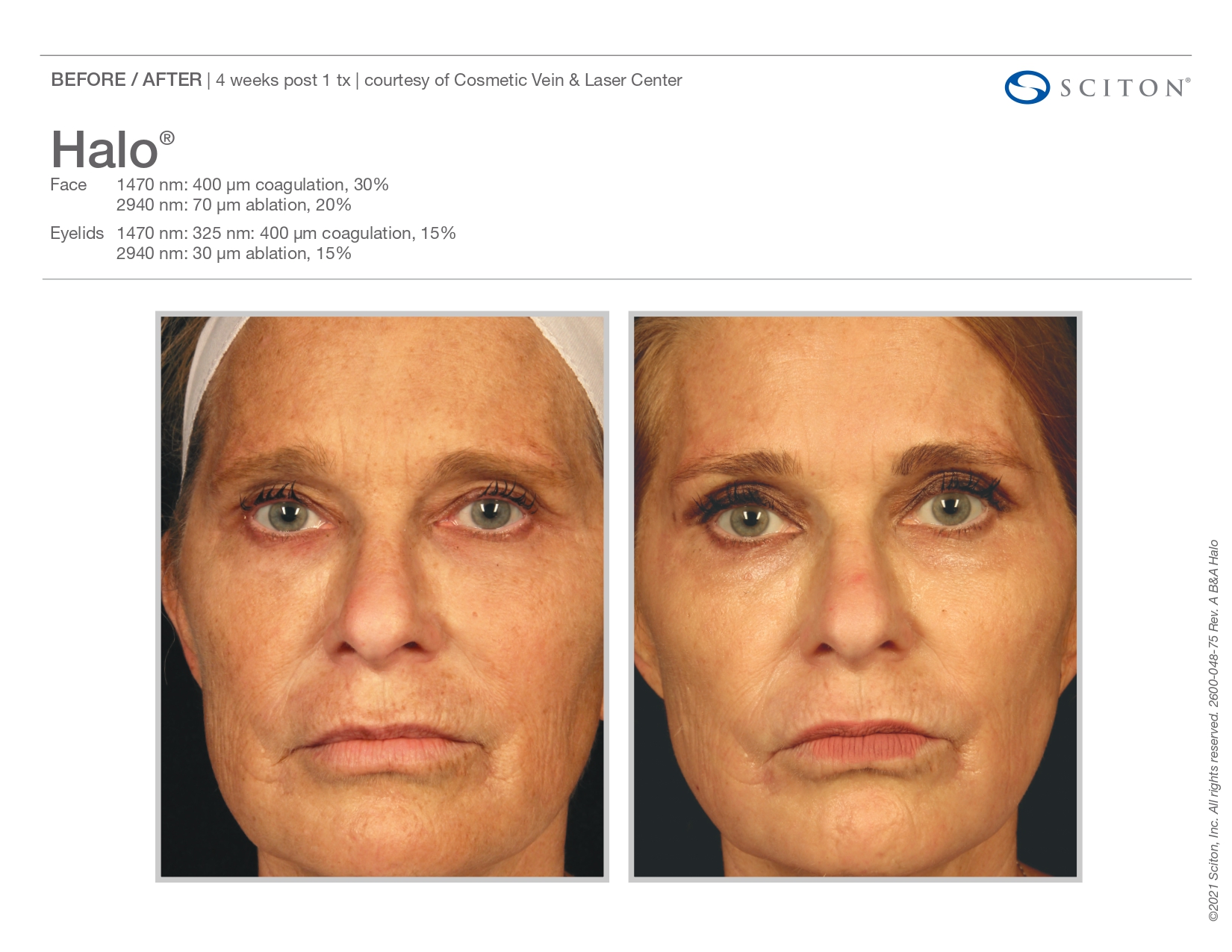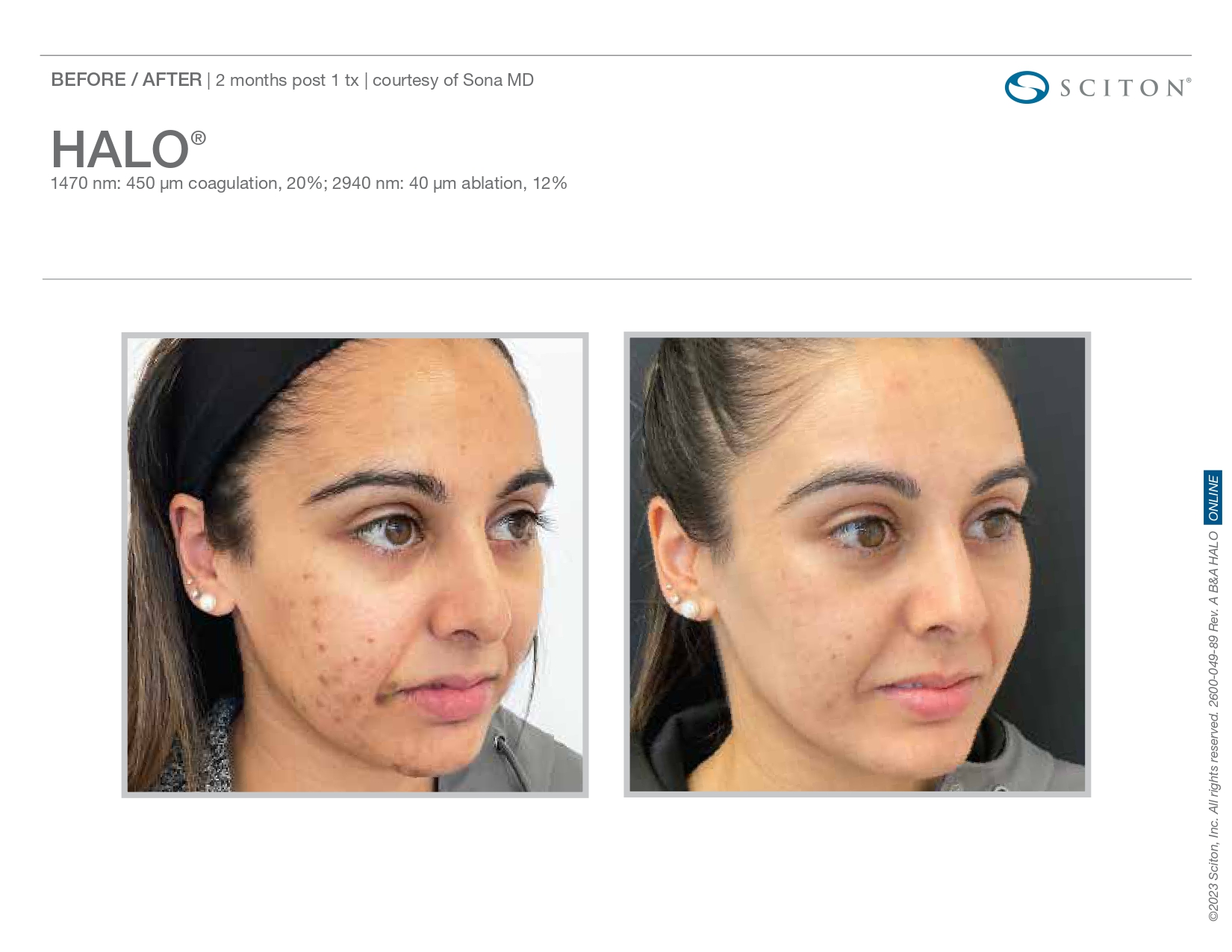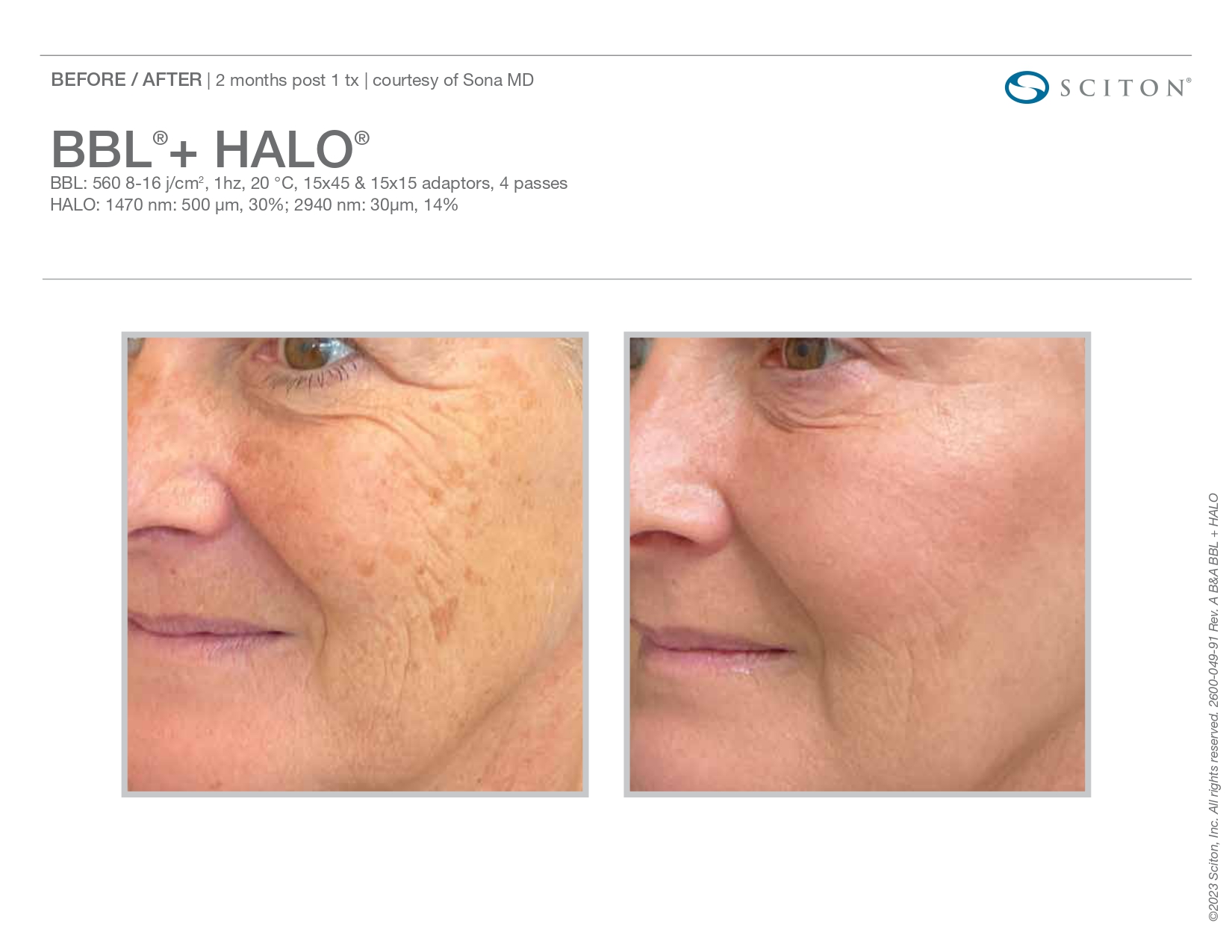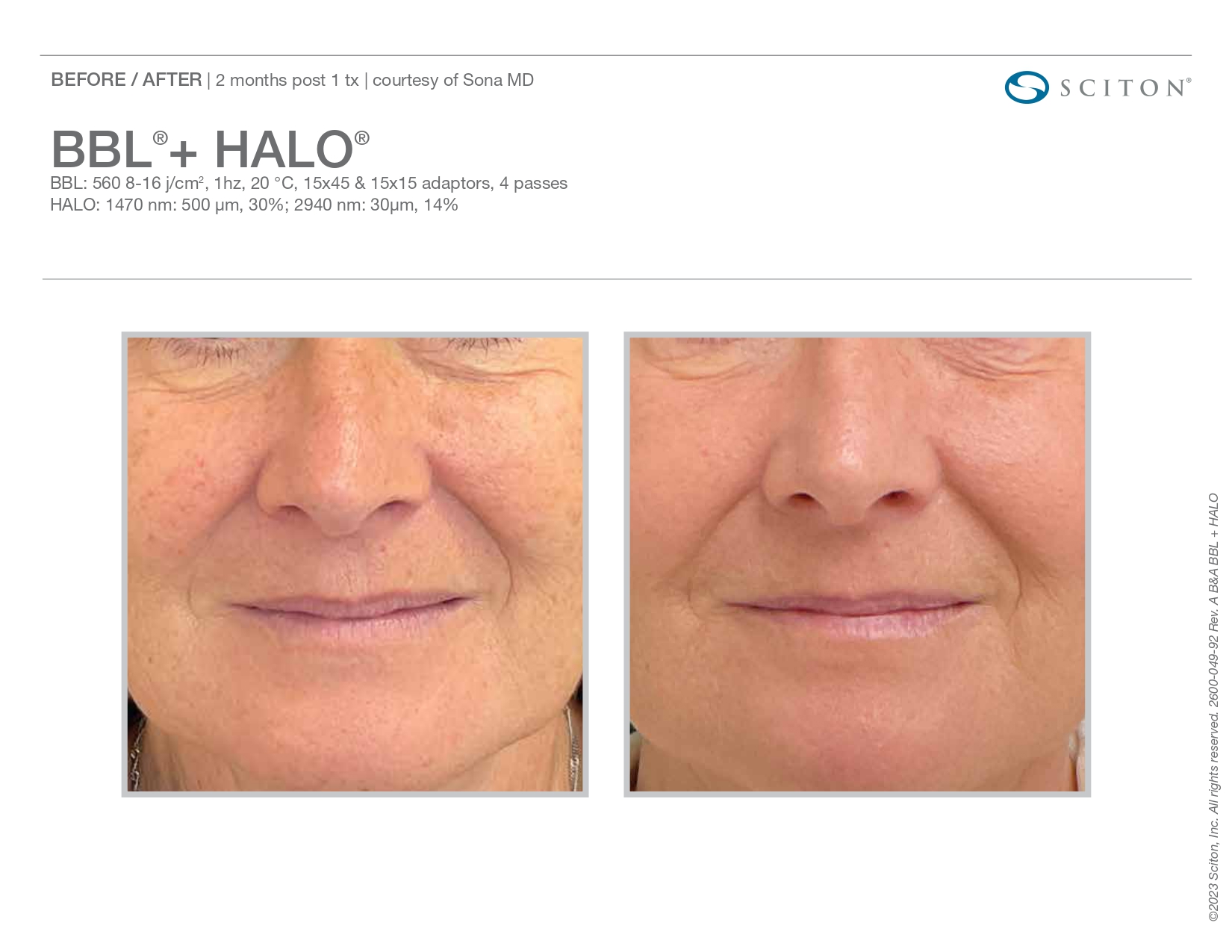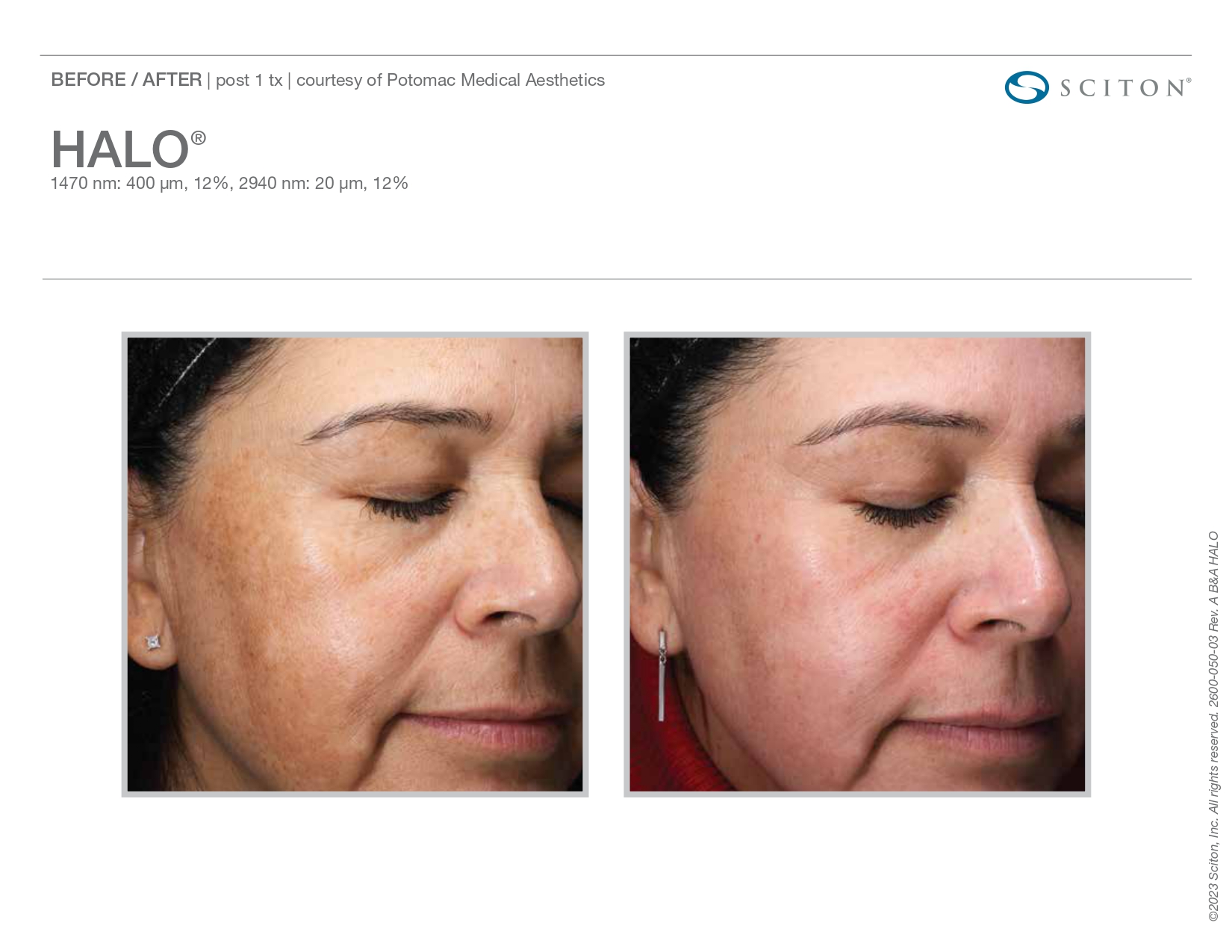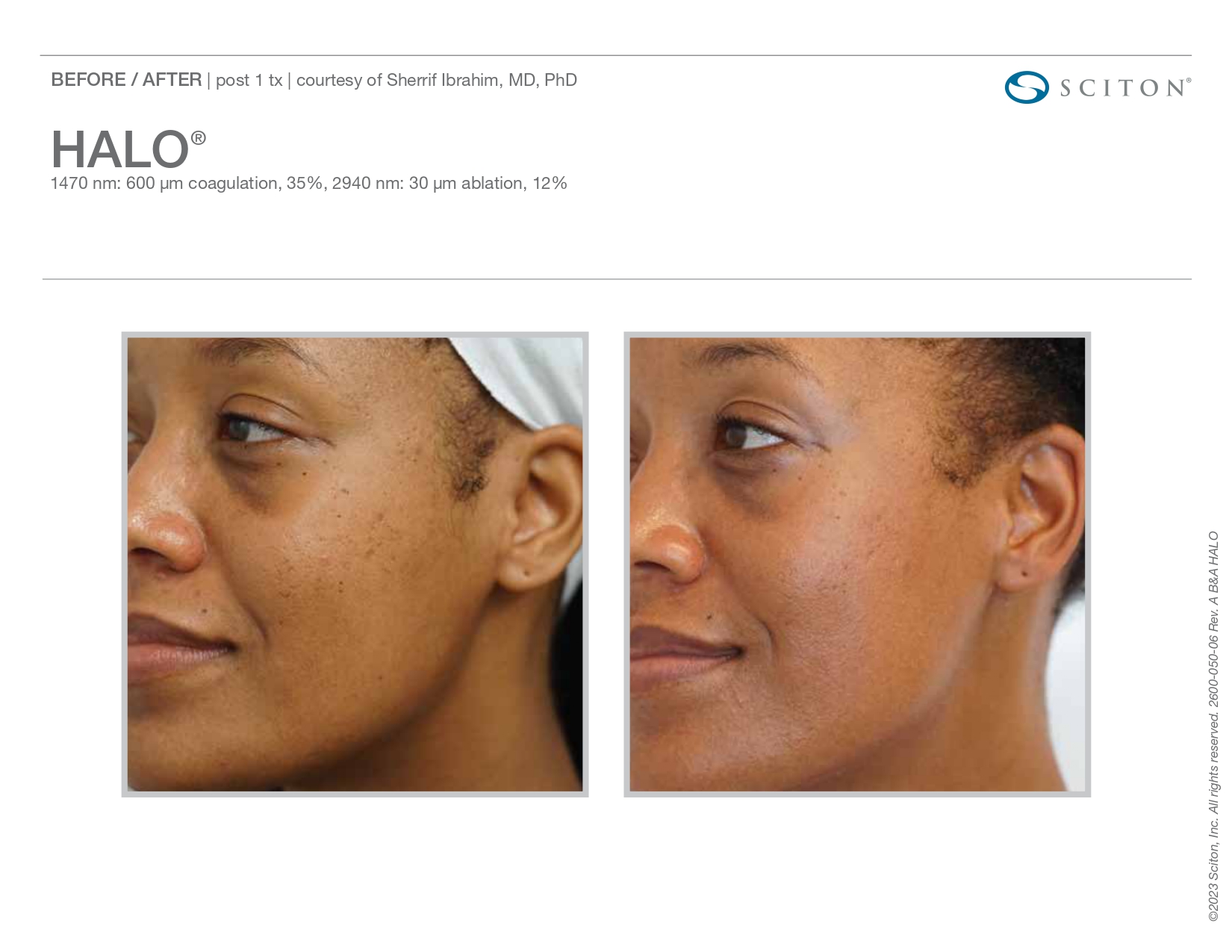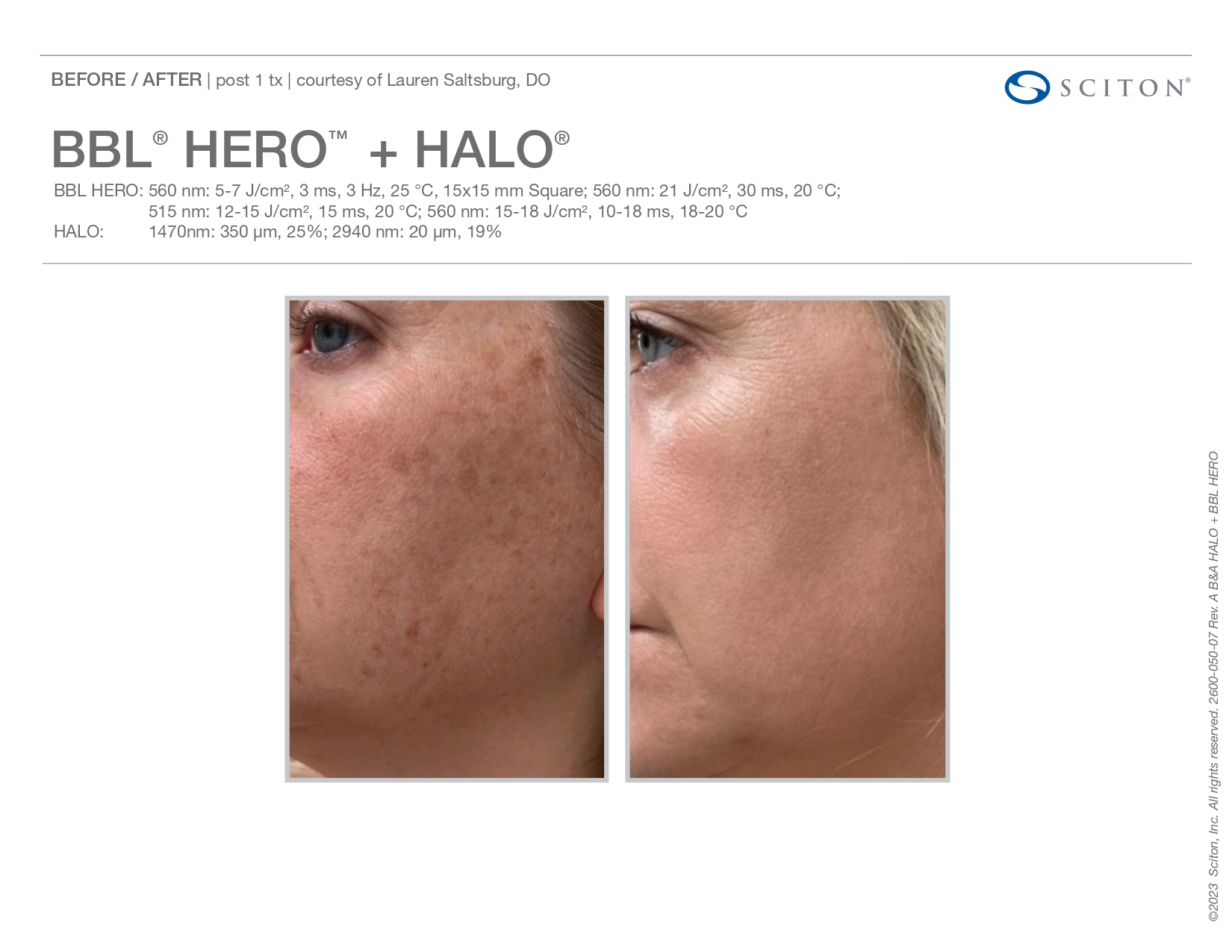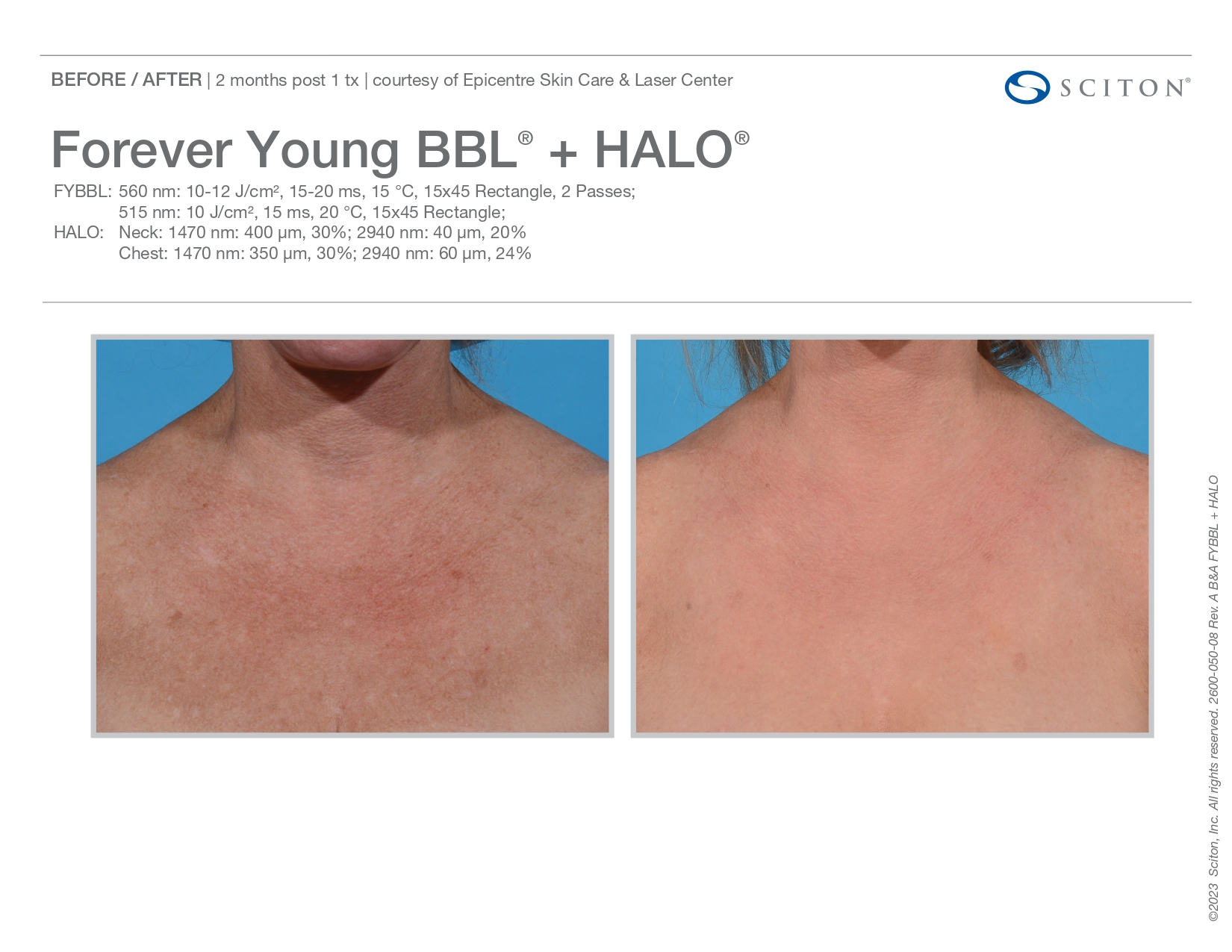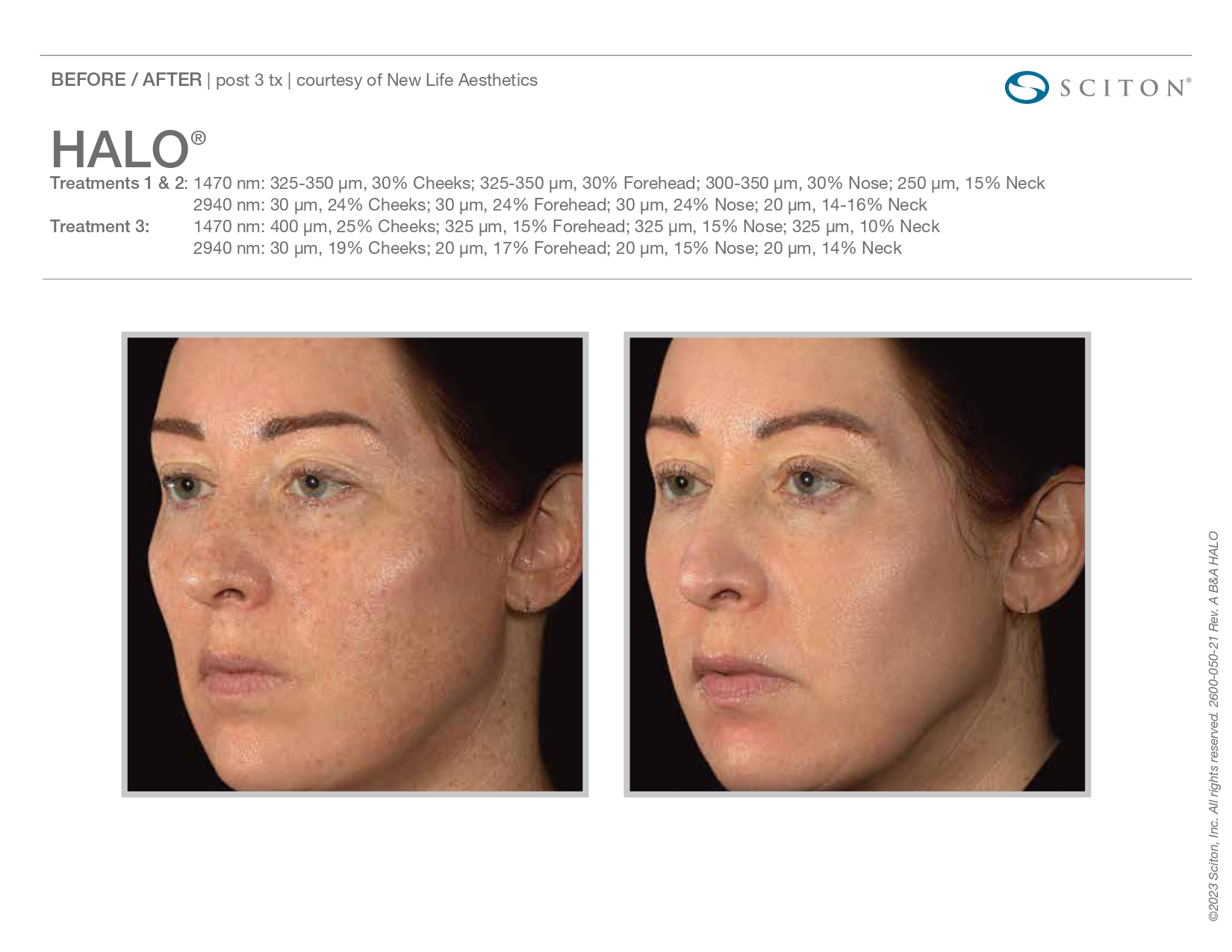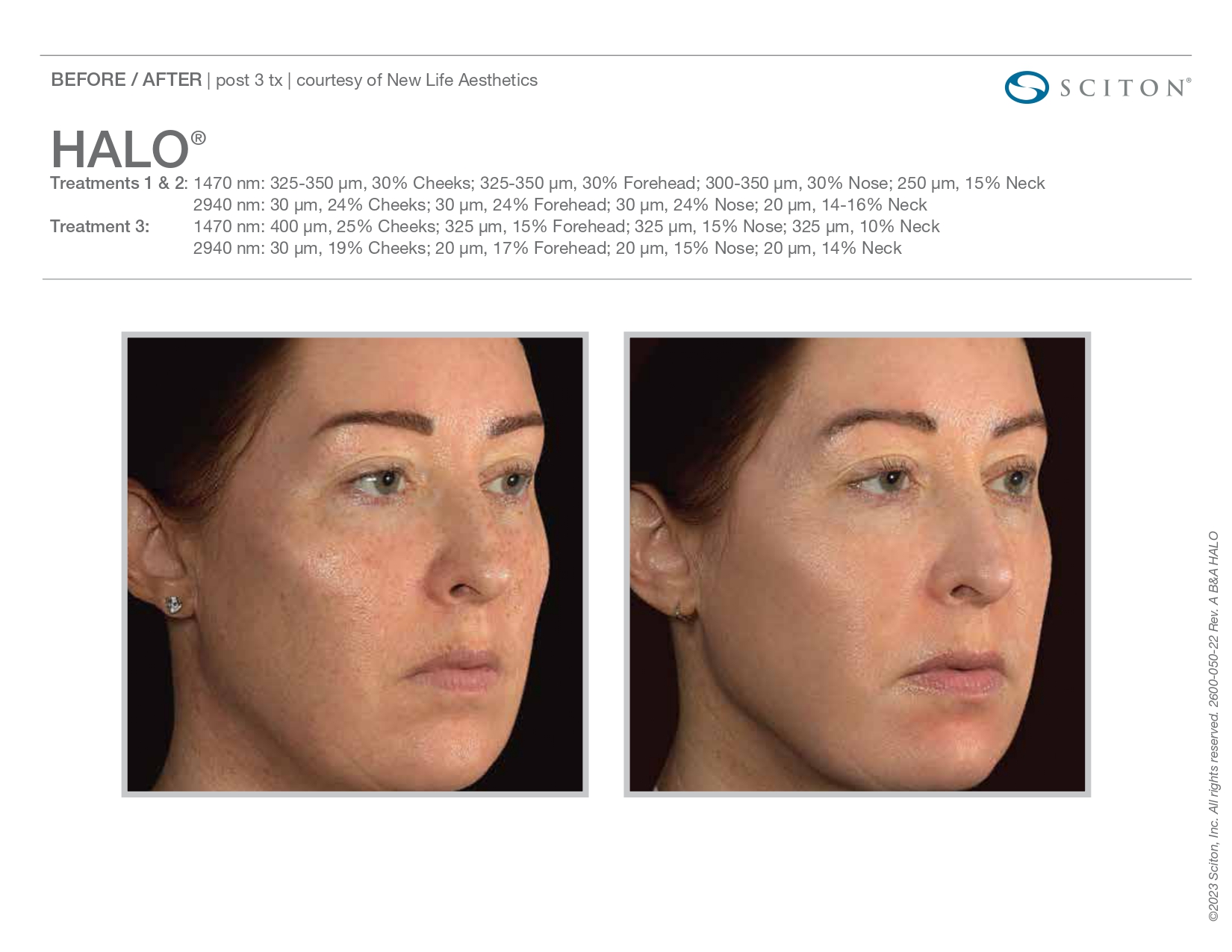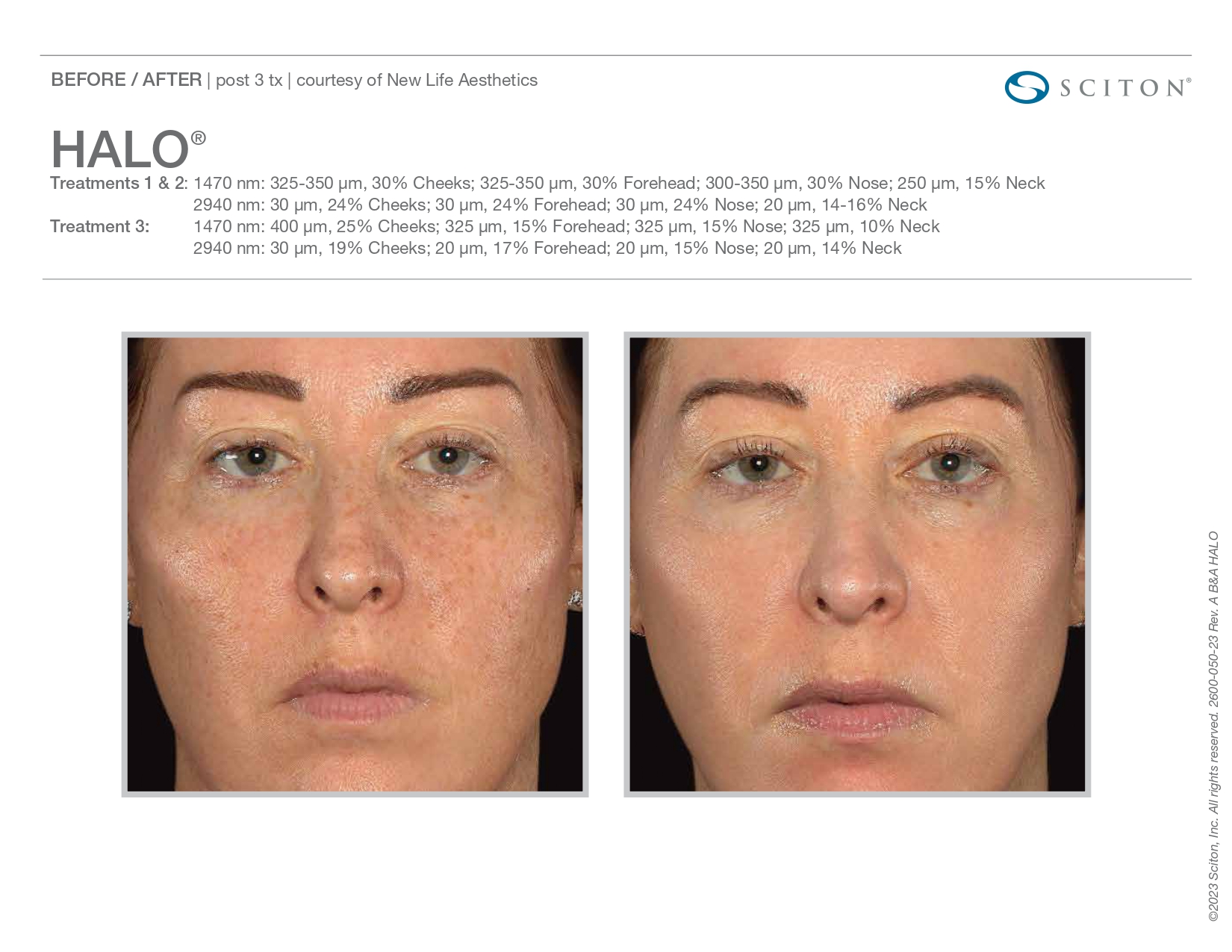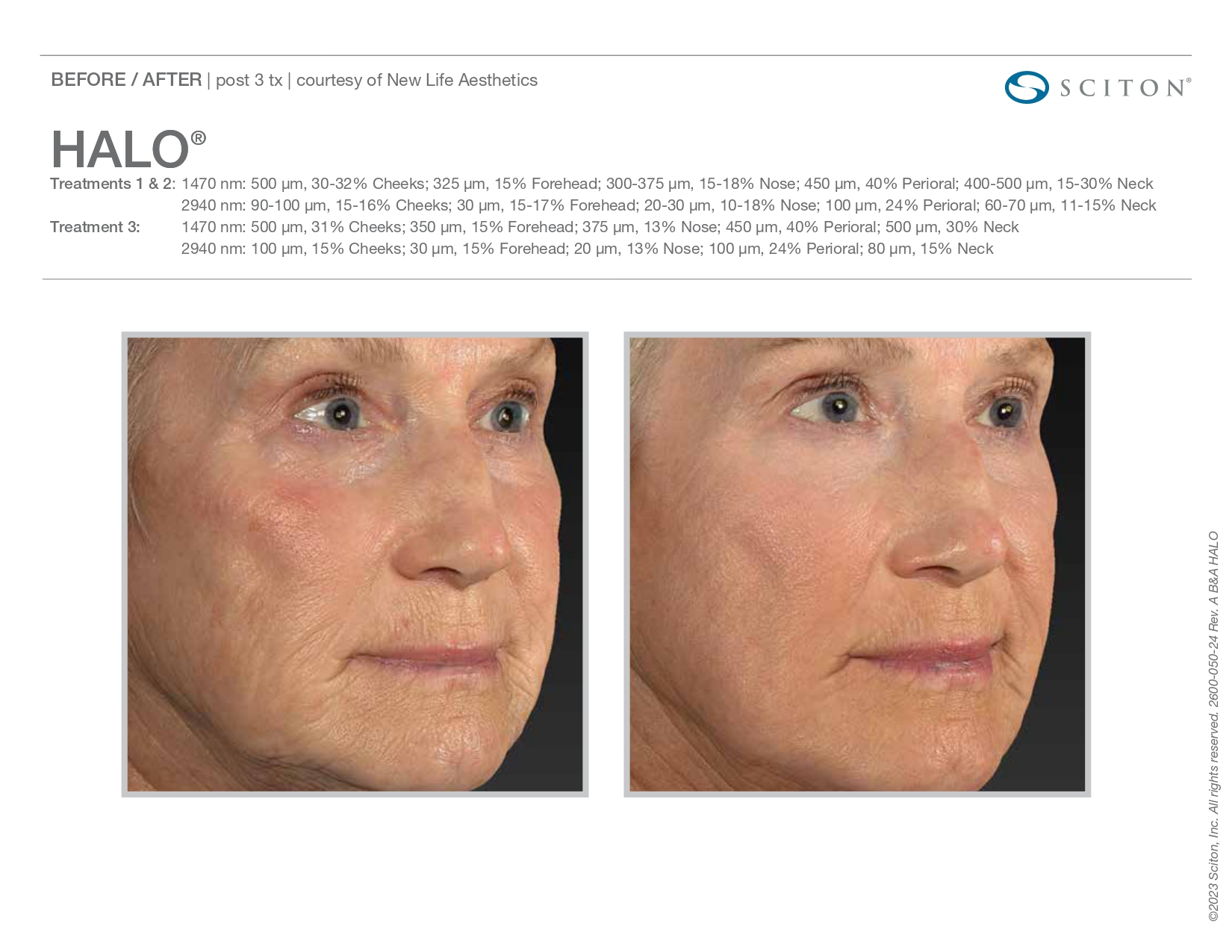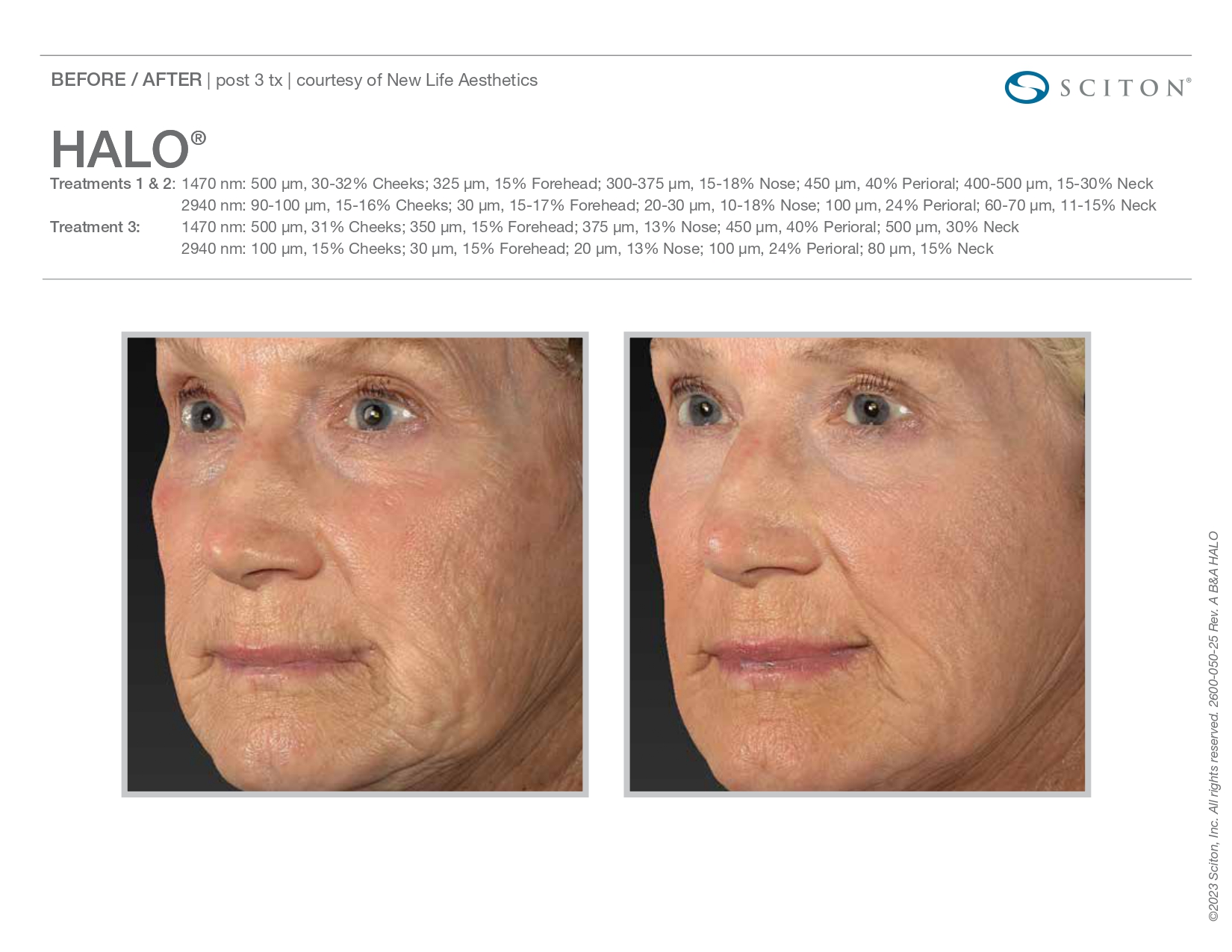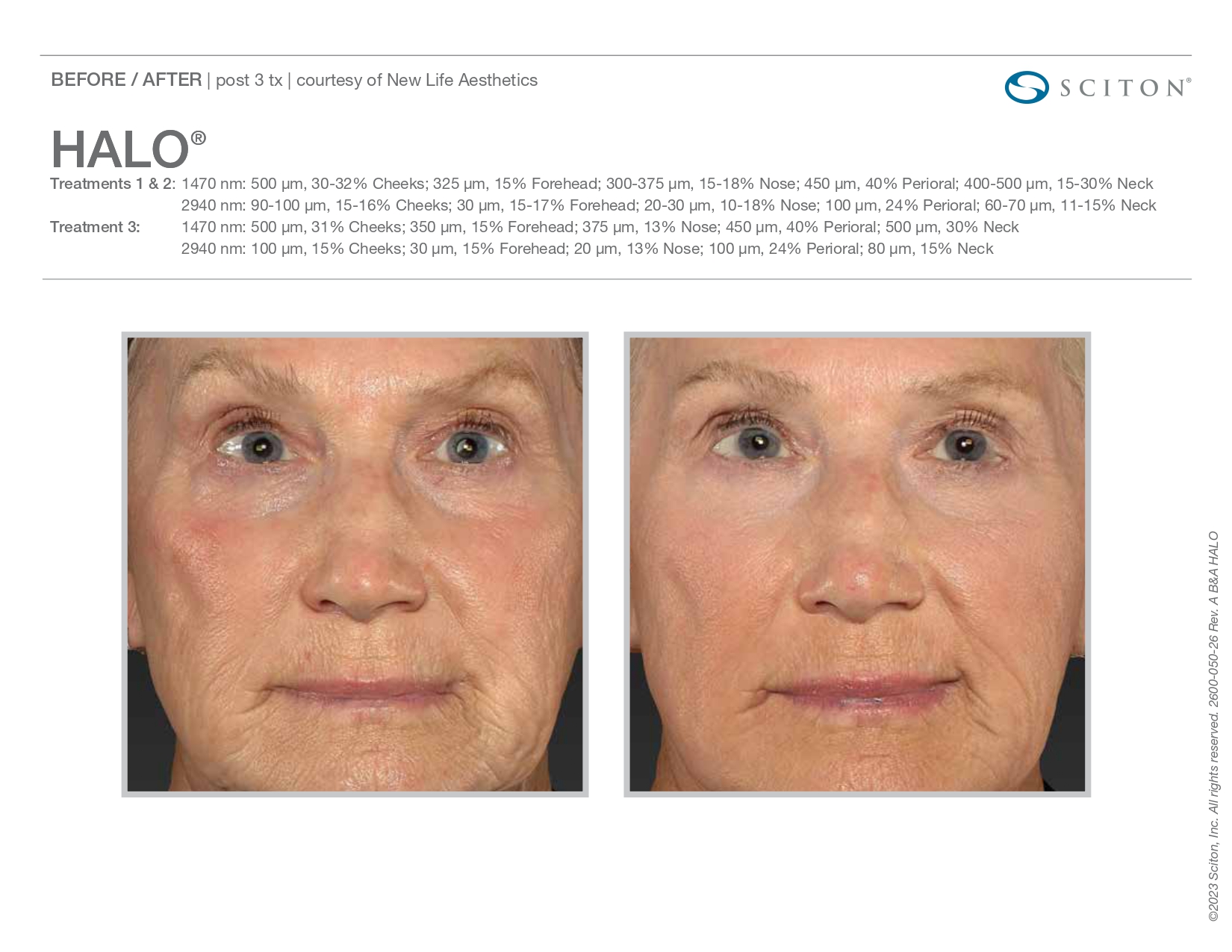HALO® IN NORTHERN KENTUCKY

Essential Information on Laser Resurfacing in Northern Kentucky: A Pre-Treatment Guide
Introduction:
Is your skin lacking its natural radiance, plagued by wrinkles, fine lines, or acne scars? Laser resurfacing might be the solution you’ve been searching for. Before scheduling your appointment for laser resurfacing in Northern Kentucky, here’s a comprehensive overview to help you make an informed decision.
Understanding Laser Resurfacing:
Laser resurfacing stands as a non-invasive cosmetic procedure designed to enhance skin appearance. This technique employs laser light to eliminate damaged skin cells from the surface, triggering collagen production for healing and rejuvenation.
Preparing for Laser Resurfacing Treatment:
Prior to your laser resurfacing session, it is crucial to prepare your skin to optimize the outcomes. This involves steering clear of sun exposure, specific skincare products, and medications that may heighten the risk of complications.
What to Anticipate During Laser Resurfacing Treatment:
Throughout the laser resurfacing procedure, a skilled technician will utilize a laser to remove the top layer of skin. While this may cause some heat or discomfort, the application of numbing cream can alleviate any potential discomfort.
Aftercare and Recovery:
Following your laser resurfacing treatment in Northern Kentucky, your skin requires dedicated time to heal and recuperate. This involves avoiding sun exposure, utilizing soothing skincare products, and refraining from certain activities for a specified duration.
Patient Testimonial
Benefits of HALO®
- Dual-wavelength technology for comprehensive treatment
- Improves skin tone and texture
- Reduces fine lines and wrinkles
- Addresses sun damage and scarring
- Suitable for all skin types
- Quick treatment time
- Minimal downtime
- Long-lasting results
- Administered by certified skincare professionals
- Boosts self-confidence and enhances appearance
Laser Skin Resurfacing - Pre & Post Care
Day 1
- Swelling is common and expected. Use cold compress or ice packs to relieve swelling. Sleep in an upright position the first night after. The first morning post treatment is when swelling is more prevalent, especially under the eyes. Swelling may last 2-4 days depending on the aggressiveness of the treatment.
- There may be some degree of swelling immediately post treatment; however, if you have excessive swelling or any of the following signs of infection, you should contact the office immediately. Signs of infection include: drainage (looks like puss), increased warmth at or around the treated area, fever (101.5 or greater), and/or extreme itching.
- Pinpoint bleeding may occur. This can last for a few hours to 12 hours.
- Treated area may be extremely warm for 12-24 hours after treatment. Use cold compresses or ice packs.
- Redness is normal and expected and generally increases in intensity the first few days after treatment with day 3 being most intense. Redness can persist for up to 7 days depending on the aggressiveness of the treatment.
- Your clinician may apply an occlusive barrier to the treated area and should be reapplied as needed to keep the skin moist.
- Peeling and flaking generally occur within 24 hours post treatment and should be allowed to come off naturally.
- DO NOT PICK, RUB, OR FORCE OFF ANY SKIN DURING THE HEALING PROCESS, THIS COULD RESULT IN SCARRING, INFECTION AND PIGMENTATION COMPLICATIONS! Gently washing the skin more frequently will help to promote the peeling process.
- Sunscreen is a MUST and should be used daily beginning the day of treatment and used vigilantly for up to 3 months post procedure. Use recommended sunscreen with broadband protection (UVA and UVB) and a sun protection factor (SPF) of 30. Apply sunscreen 20 minutes before sun exposure. Reapply sunscreen every 2 hours. If direct sun exposure is necessary, wear a hat and clothing that covers the treated area. If treated area is exposed to sun (direct or indirect) blistering, scarring, hyperpigmentation or hypopigmentation can / will occur. Sun exposure should be avoided for 2 months post treatment.
- When showering in the next few days, be sure to avoid getting shampoo directly on the treated area. You may consider taking your shower with the back of your head to the water to avoid directly hitting your face with the full force stream of the water.
Day 2 and Beyond:
- You will increasingly notice tiny dark spots and bronzed appearance to the treated skin. This is called the MENDS (microscopic epidermal necrotic debris). In individuals with heavily pigmented skin, or in areas where sun damage has produced pigmented lesions, the microscopic wounds, known as MENDS, contain large amounts of melanin. Because there are so many MENDS, they can make the skin look bronzed and small areas appear crusted (do not try to scratch them off). This is part of the healing process where treated tissue is working its way out of your body as new fresh skin is regenerated. During this time, your skin will be very dry and have a sandpaper texture and will begin to flake and peel. If the face is treated, it could take 5-7 days for the peeling process to be completed. If the neck, chest or anywhere on the body was treated, this process could take up to 2 weeks.
- After the peeling process is complete, your skin will have a rosy, pink glow that will gradually resolve. Your clinician will inform you and advise you of when make-up can be used and which kind.
- If an antiviral was prescribed for you, continue to take as directed.
- Post treatment discomfort may be relieved by over-the-counter oral pain relievers, i.e. Extra Strength Tylenol or prescribed pain medication.
- Itching during the healing phase is completely normal.
- Oral Benadryl may help itching but can cause drowsiness. DO NOT scratch the treated area as scarring and pigmentation complications can occur.
- Cleanse the skin two times a day with plain, lukewarm water and a gentle cleanser, e.g. Cetaphil, beginning the morning after the treatment. Use your hands to gently apply the cleanser and water and finish by patting dry with a soft cloth. DO NOT rub, scrub, use an exfoliant or a skin care brush e.g., Clarisonic in the treated area.
- Doing so could result in scarring and pigmentation complications.
- Moisturizer should be applied generously over treated area and reapplied whenever your skin feels dry. For severe dryness, add Elta MD or Aquaphor on top of your moisturizer or mix it in with it.
- Typically, after the peeling process is complete, make up can be worn.
- Avoid strenuous exercise and sweating until after skin has healed.
FAQ's
How does HALO® work?
HALO® uses a unique hybrid fractional laser technology that merges both ablative and non-ablative wavelengths to deliver targeted treatment to the skin. The ablative wavelength works on the skin's surface, effectively removing damaged skin cells, while the non-ablative wavelength penetrates deeper into the skin to increase collagen production and promote cellular turnover. This dual-action approach allows HALO® to address many skin concerns, from improving tone and texture to reducing signs of aging and sun damage, all in a single treatment. The result is comprehensive skin rejuvenation with minimal downtime, making it a highly effective and efficient solution for various skin issues.
Who is an ideal candidate for HALO®?
Anyone looking to improve skin tone, texture, and reduce signs of aging, sun damage, or scarring can benefit from HALO®.
How long does it take to see results from HALO®?
Results are often visible within one to two weeks, with continued improvement over time.
Is there any downtime after HALO®?
HALO® offers minimal downtime, allowing you to quickly return to your daily activities.
How many HALO® treatments are needed for optimal results?
The number of HALO® treatments needed can vary depending on your specific skin concerns.
Is HALO® safe?
Yes, HALO® is a safe procedure when administered by certified professionals.
